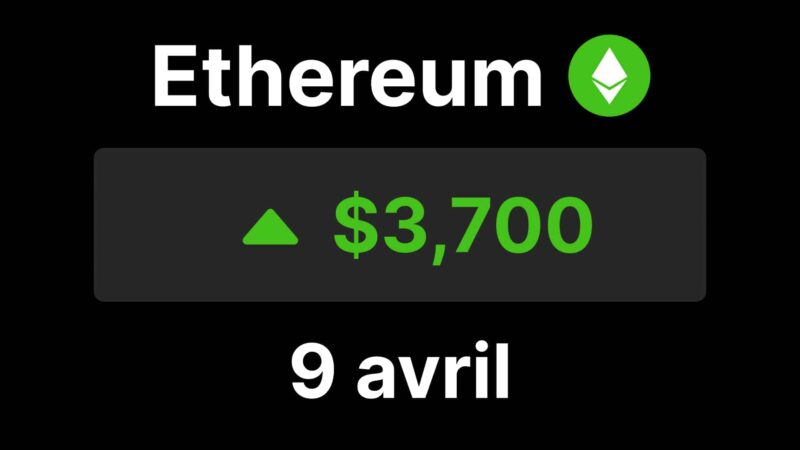Nvidia is facing extreme anticipation, with an expected volatility of 6.4% and over 280 billion at stake in a single session, in a climate where the market doubts the real pace of AI growth.
Analysts are expecting revenues of 55.5 billion this quarter and 62 billion next quarter, a spectacular growth that must now be delivered without any errors to avoid a sharp correction.
Between geopolitical tensions, sector dependence on a single actor, and colossal investments in AI data centers, Nvidia’s results have become a major test for the global technological narrative.
Les attentes brûlantes de Wall Street autour d’Nvidia
The moment of truth approaches for Nvidia, and Wall Street is holding its breath. The slightest word from Jensen Huang could trigger a stock market earthquake of several hundred billion dollars. Options are already anticipating an average movement of 6.4% at the opening, which is nearly 280 billion dollars that can disappear or appear in a single session. A volatility befitting the company that became the first giant to surpass a market value of 5 trillion dollars before being caught up in the prevailing nervousness surrounding artificial intelligence.
The recent decline of the stock, about 11% since the end of October, comes in a climate where the idea of a growth ceiling for AI is gaining traction. The Nasdaq has lost over 4% in the past five days. Meta is down 19% in a month. Oracle is down 20%. A clear signal. Investors are beginning to doubt the speed at which AI can continue to justify the massive investments made.
Des chiffres qui doivent rassurer
For this quarter, analysts are targeting close to 55.5 billion dollars in revenue, above Nvidia’s own guidance in August. For the next quarter, the market is expecting around 62 billion, an annual growth rate close to 60%. A spectacular growth, but one that must now be delivered flawlessly.
Nvidia has made a habit of surpassing expectations. Each quarter has strengthened the belief that the company dominates the generative AI era thanks to its GPUs, the true building blocks of the model economy. In October, Jensen Huang even announced that the company had secured 500 billion in revenue over five quarters. An announcement that briefly propelled the stock to its highs.
Une nervosité qui s’amplifie
Traders know it. If Nvidia disappoints, even slightly, the correction could be brutal. Investors have increased their exposure to AI throughout the year, to the point where each Nvidia release turns into a referendum on the entire tech sector. Funds, algorithms, and individuals react in a chain. The market fears a too rapid surge, too dependent on a single actor, with a giant valuation.
Un contexte géopolitique et industriel complexe
Nvidia’s global ambition faces a minefield. US restrictions on chip exports to China limit a key part of its market. Beijing, on the other hand, is accelerating the development of domestic solutions. The sector navigates between political pressures, commercial risks, and hopes for diplomatic easing.
At the same time, Nvidia is signing mega-deals. OpenAI, Microsoft, Anthropic. The sums amount to tens of billions to build the next generation of computing centers capable of powering tomorrow’s AI. However, some analysts point to an ecosystem that almost operates in a closed loop, where suppliers, customers, and investors intersect in circular arrangements sometimes hard to untangle.
Un test pour l’IA tout entière
The verdict this Wednesday goes beyond a simple quarterly report. It strikes at the heart of the AI stock narrative. If Nvidia reassures, the market could regain momentum. If it disappoints, a wave of doubt can spread throughout the entire tech industry. One certainty. The next session will open with one of the largest market capitalization variations in the history of a publicly traded company. The tension is at its peak.




